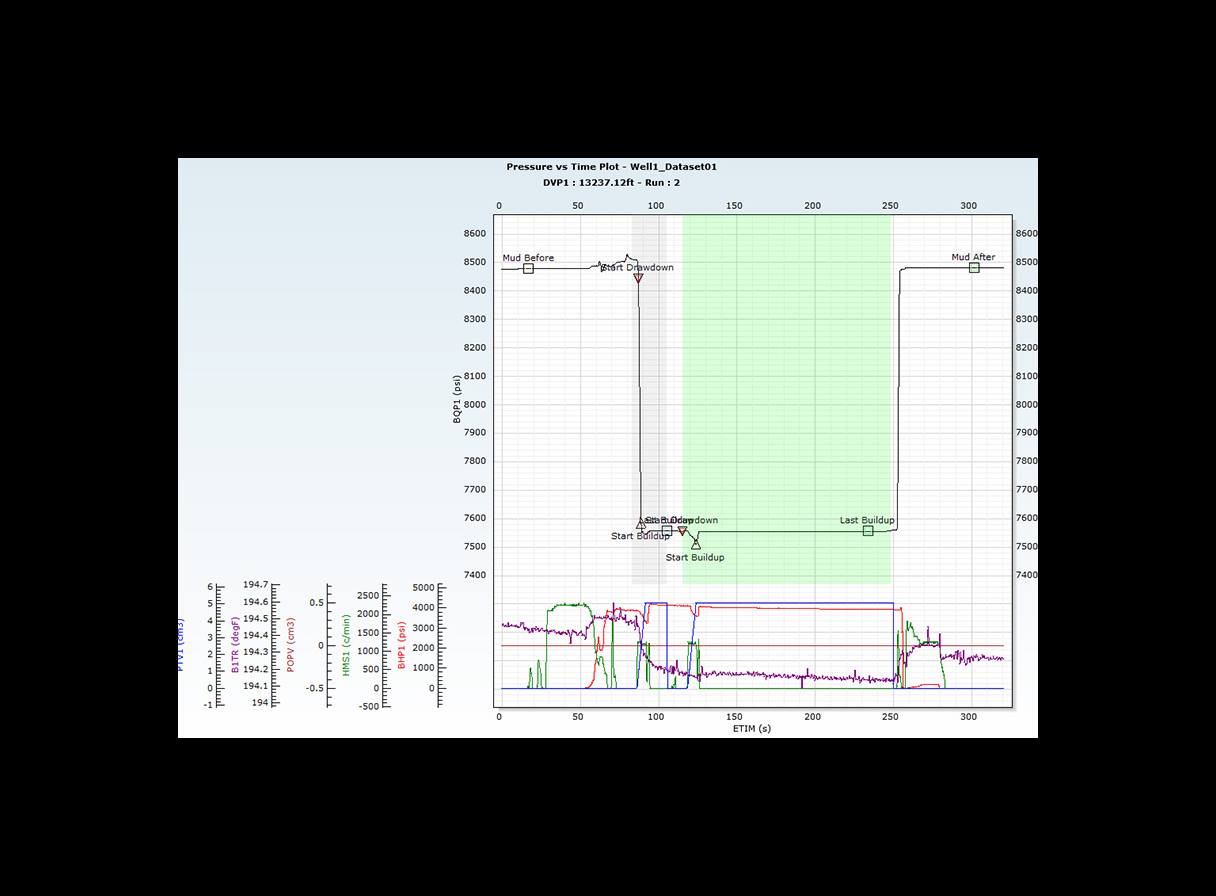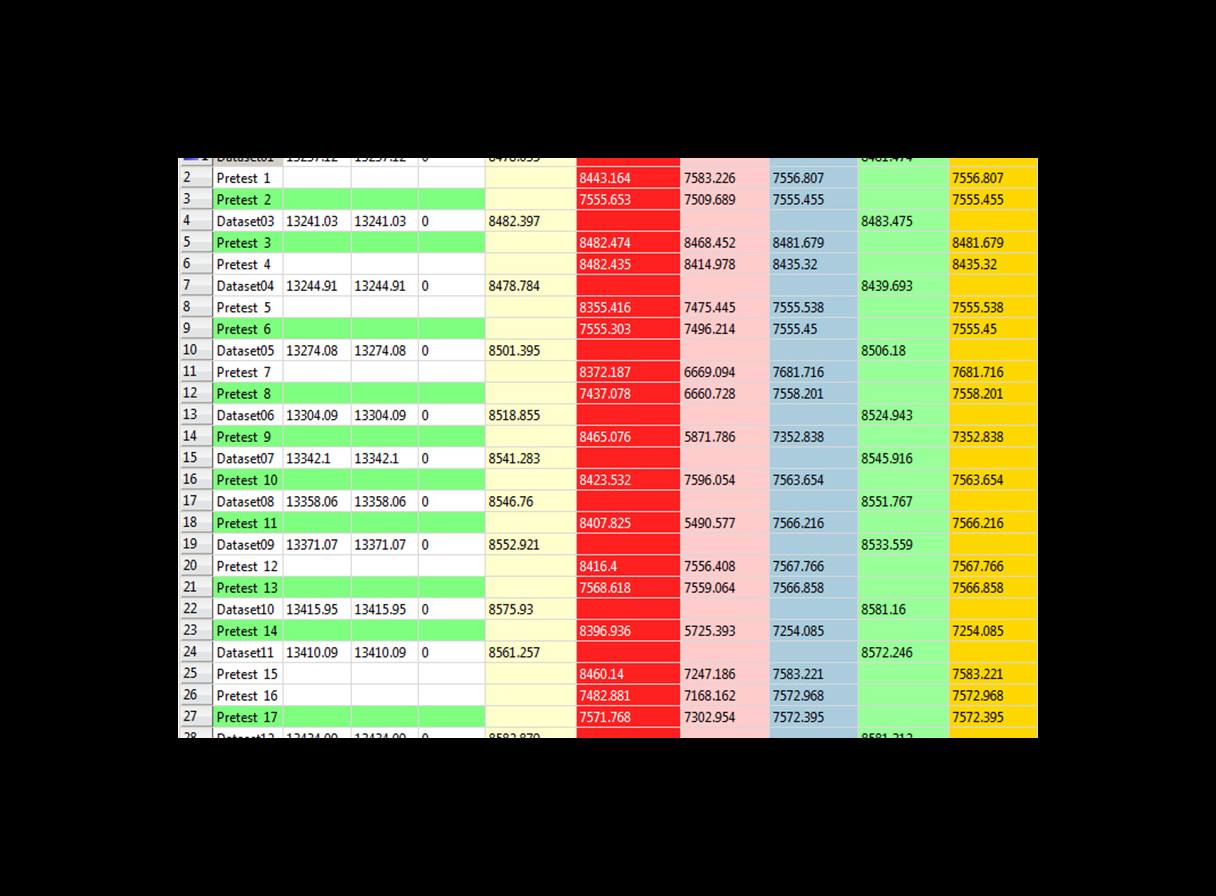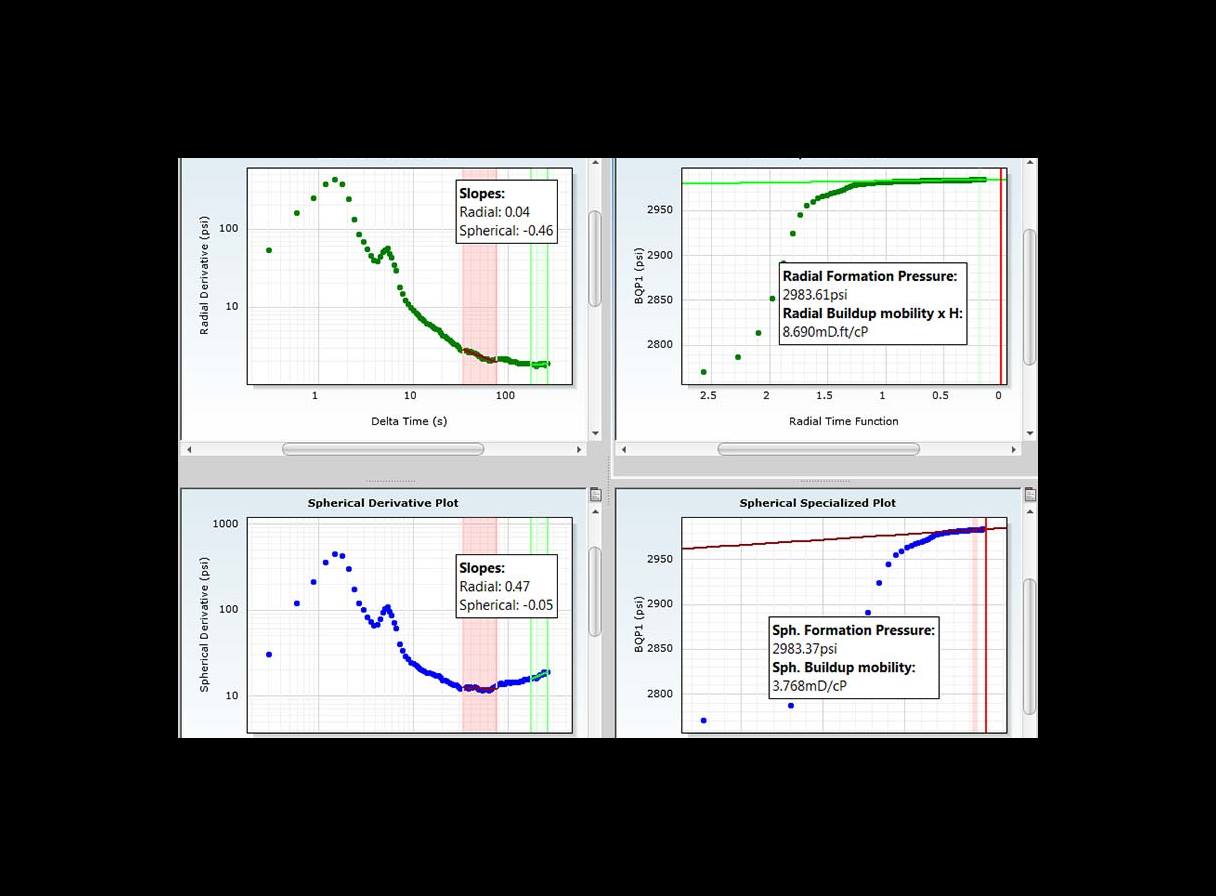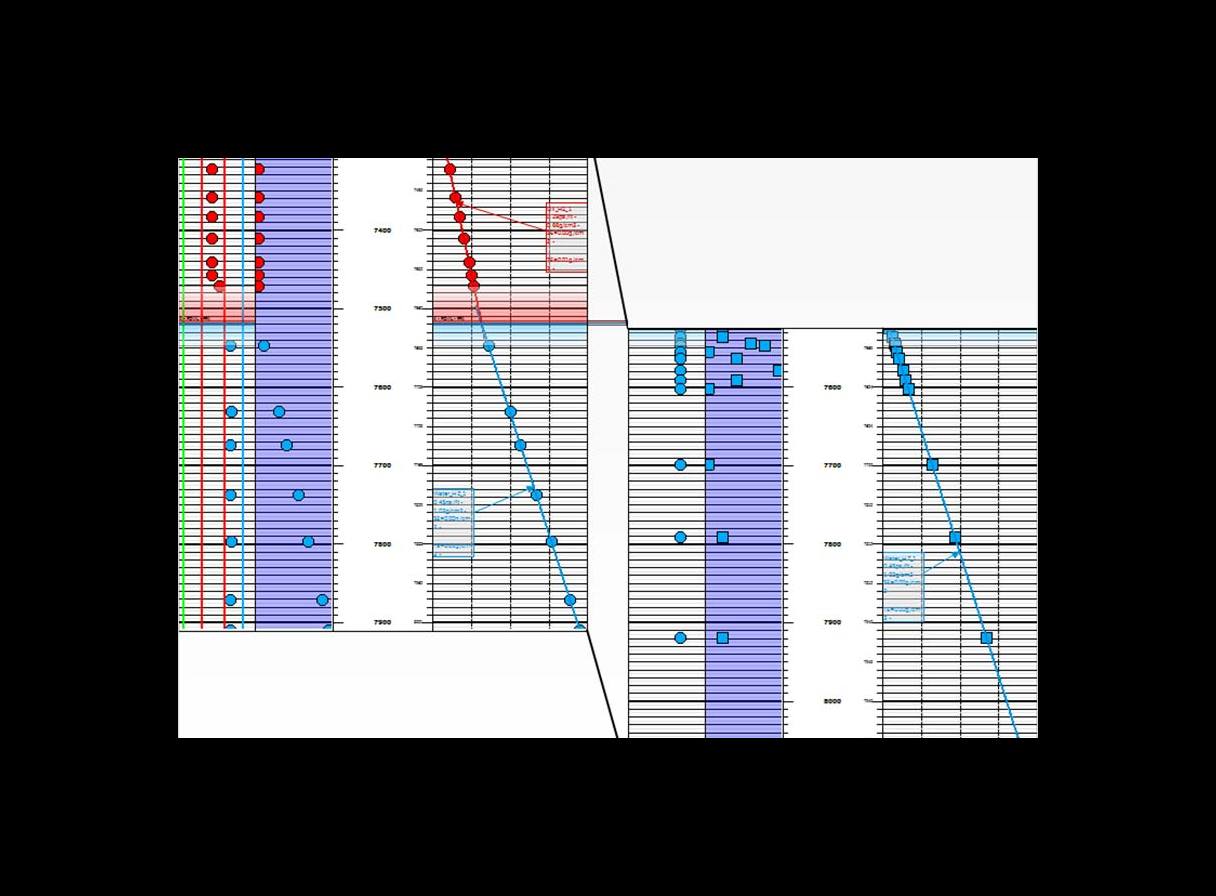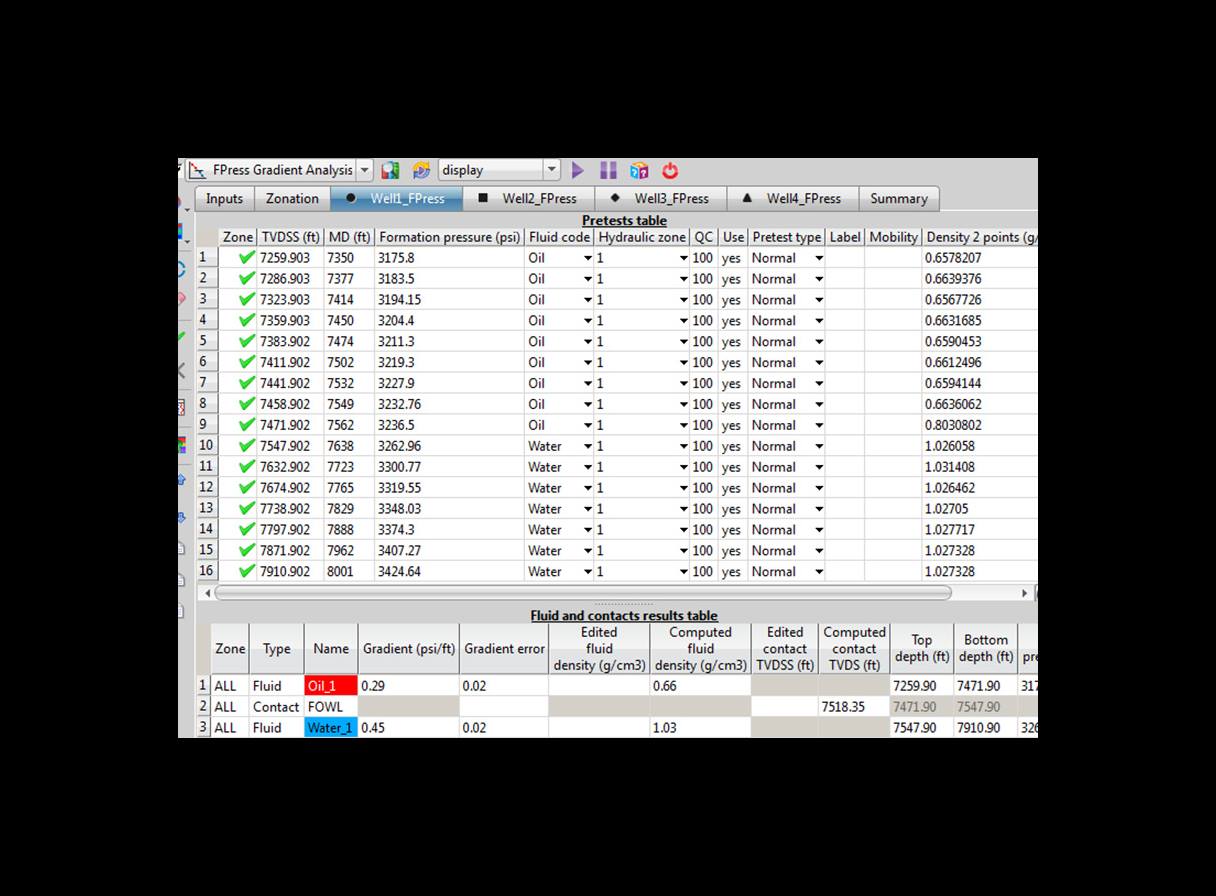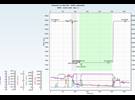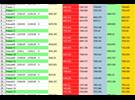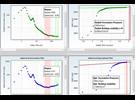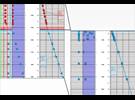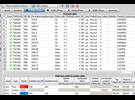Pretest interpretation
Within an interactive environment and with graphical tools, the Formation Pressure (FP°) module enables analysts to:
- Start analysis using raw data.
- Display and review the quality of the pressure picks, adjusting final build up pressure, pressure drawdown, and before-and-after pressure.
- Use QC formula to help pick automatically the best pressure from the multiple pretests for each station.
Gradient analysis
Benefits of the Techlog FP° module include:
- The ability to perform multi-well and pressure data analysis to get fluid typing from determination of densities, hydraulic zones, and free fluid levels.
- A graphical interface for faster and intuitive analysis.
- Integration of the fluid connectivity concept: hydraulic zones defining potential reservoir regions.
- A quality control input, which can be used as a weighting factor for gradient and density calculation.
- Defining of free fluid levels and hydraulic barriers.
Investigating uncertainties
The FP° module also allows analysts to investigate the uncertainties. This includes the ability to:
- Input uncertainty ranges for depth and pressure measurements.
- Estimate ranges of gradients consistent with the uncertainty model.
- Quantify the impact on fluid levels or connectivity of data uncertainty.
- Perform known gradient comparison.
- Conduct excess pressure analysis.
Multiwell environments
The FP° module can be used in single- or multiwell mode. It is possible to work by group (for example using hydraulically connected units) or use multi-well data to define common fluid gradients and free fluid levels between the wells.
Module connections
FP° results can be combined with other Techlog modules, such as the Saturation-Height Modeling and Fluid Contact modules. This allows the user to display, cross-check, and validate contacts derived from other physical measurements. It is also possible to create and use temporary fluid contacts.
